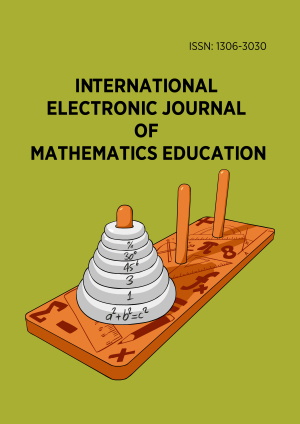Abstract
This research investigated students’ sources and causes of errors and misconception in solving routine problems involving addition, subtraction, multiplication, and division of integers. This qualitative study involved observation of eight Year 7 classes and interviews with the respective classroom teachers. Sixteen Year 7 students who exhibit errors when solving the problems given in the Error Identification Integer Test (EIIT) were also interviewed to probe their thinking. The different types of errors were categorized according to how they were construed. The sources of errors were found to stem from carelessness, poor basic knowledge such as the inability to multiply and divide even the whole numbers, inability to assimilate concepts of integers since they are used to the schema of whole numbers, and rule mix-up which is also the result of surface understanding. Teachers were questioned about common errors and possible reasons for these errors made by their students. The main cause of errors and misconceptions is superficial understanding, which was most probably due to teachers rushing to complete the extensive syllabus, and consequently, students resorted to memorizing rules because of surface understanding. Teaching episodes were found to lack multiple-representation, creativity, as well as cooperative learning and active learning.
License
This is an open access article distributed under the Creative Commons Attribution License which permits unrestricted use, distribution, and reproduction in any medium, provided the original work is properly cited.
Article Type: Research Article
INT ELECT J MATH ED, Volume 15, Issue 2, May 2020, Article No: em0568
https://doi.org/10.29333/iejme/6265
Publication date: 02 Nov 2019
Article Views: 19489
Article Downloads: 23893
Open Access References How to cite this article
 Full Text (PDF)
Full Text (PDF)